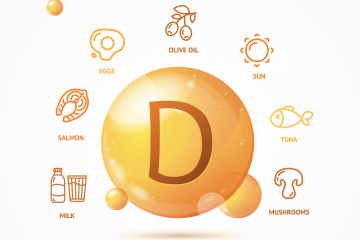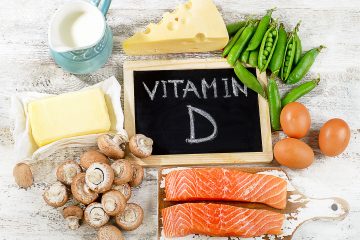Folate For Athletes: Don’t Ignore This Micronutrient!
Over the last few years, iron has become a supplement found on the shelves of most endurance athletes. Rightfully so, depleting iron levels leads to pre-anemia and anemia. For more information on iron, see my blog post on the topic (http://scienceoftriathlon.blogspot.com/2012/05/supplementing-iron-how-and-why.html).
However, somehow the micronutrient folate has not received adquate attention. Endurance athletes have come to believe that if they are abnormally fatigued and feeling anemic, it is because of an iron deficiency. Yes, iron is the most common deficiency leading to anemia, but folate deficiencies also lead to anemia. In my clinical experience, folate deficiencies are not overly uncommon among 140.6 and 70.3 distance athletes. Whereas, iron is more difficult to prevent strictly through diet in high level endurance athletes, folate deficiencies are typically easily prevented simply by eating the right foods.
Folate is a B vitamin. It plays an important role in red blood cell production and tissue repair. It is also an important component of cell division, especially in cells with higher turnover rates. In endurance athletes, the red blood cells have a significantly higher turnover rate due to the stresses of training. It is not stored in the body, therefore adequate amounts must be ingested every day. A healthy diet is essential to ingesting adequate amounts.
Folate and folic acid are often used interchangeably. However, I treat them differently. Folic Acid is a synthetic, lab produced form of folate. Folic acid is often fortified in foods. In my experience, folic acid supplementation and/or ingestion is not equivalent to eating folate in its unadulterated form (as is the case for most micronutrients). In my clinical experience, folate repletion occurs rapidly and the benefits on the red blood cells can often be seen within days when done through increasing dietary folate. Folic acid supplementation has often been disappointing in athletes I work with that rely on this method due to travel or other life situations that inhibit their ability to eat high amounts of folate.
Endurance athletes should try to ingest at least one meal per day high in folate. Folate is prominent in spinach, romaine lettuce, chard, broccoli, lentils, red beets, and alike vegetables and legumes. The easy way to get a high concentration of folate is by juicing (see my blog post on juicing here: http://scienceoftriathlon.blogspot.com/2012/03/juicer-triathletes-friend.html). If juicing doesn’t appeal to you, salads easily supply what you need.



0 Comments